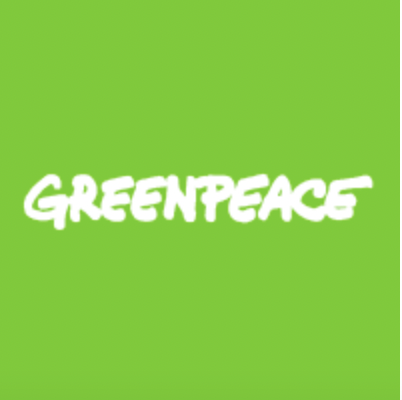Greenpeace Aotearoa, SAFE, Animals Aotearoa, SPCA, and the New Zealand Animal Law Association have joined forces to call for an end to intensive winter grazing through the Government’s Dairy Cattle Code of Welfare review. The coalition says that as well as being an environmental disaster, current intensive winter grazing practices are unacceptable for cow and calf welfare and breach the Animal Welfare Act.
Greenpeace lead agriculture campaigner Christine Rose says “Intensive winter grazing crams cows, at up to two cows per square metre, into tight strip grazing areas which quickly turn into mud. That’s bad for cows, their calves, and the environment.”
According to research reflected in the Code of Welfare evaluation report and the Intensive Winter Grazing Taskforce, cows prefer to lie down for up to 12 hours a day, to ruminate and rest. In intensive winter grazing, they are often forced to lie, sleep and give birth in mud. They are exposed to harsh weather without shelter and may be denied access to clean, fresh water.
SPCA NZ (Royal New Zealand Society for the Prevention of Cruelty to Animals) scientific officer for farmed animals, Marie McAninch, says cattle need access to safe and dry areas where they can lie down and give birth.
“Imagine not having anywhere dry to lie down for weeks on end, or living up to your knees in mud. SPCA opposes intensive winter grazing practices which result in poor welfare and impact hoof health, lying, and feeding behaviors. Clearly, dairy cattle in poorly-managed intensive winter grazing systems are suffering from discomfort and stress – and it’s not acceptable for cows to be giving birth in mud,” says McAninch.
The Government’s National Animal Welfare Advisory Committee (NAWAC), is currently reviewing the Code of Welfare for Dairy Cattle, with submissions closing 5pm today. NAWAC’s consultation document proposes regulations that would require free draining compressible surfaces for lying, access to clean drinking water, and that calving dairy cows are moved to a suitable calving area at least 14 days prior to calving.
NAWAC’s discussion document acknowledges that humane treatment of cows is important to our reputation as a responsible agricultural producer, and that calves born in mud, as well as cow-calf separation and killing two million four day old calves every year is a risk to the social license of dairy farming. In addition, the Code of Welfare evaluation report states that up to 25% of replacement heifer herds on winter fodder beet crops suffer from spontaneous fractured legs – suspected to be due to mineral deficiencies in the crops.
“Intensive winter grazing highlights the impacts on animals and the environment from industrial dairying,” says Christine Rose. “The effects on animals and the environment, of breeding too many cows and cramming them too intensively on the land, show that industrial dairying is inhumane and unsustainable, and intensive winter grazing must end.”
“Intensive dairying is based on systemic abuse of animals. And for what? 96% of the milk gets dried and sent overseas, mostly for junk food.”
“More than 12,000 New Zealanders have signed a petition calling on the Government to end intensive winter grazing. For the sake of cow and calf health, we collectively urge the Government to end intensive grazing, through the Dairy Cattle Code of Welfare review.”



